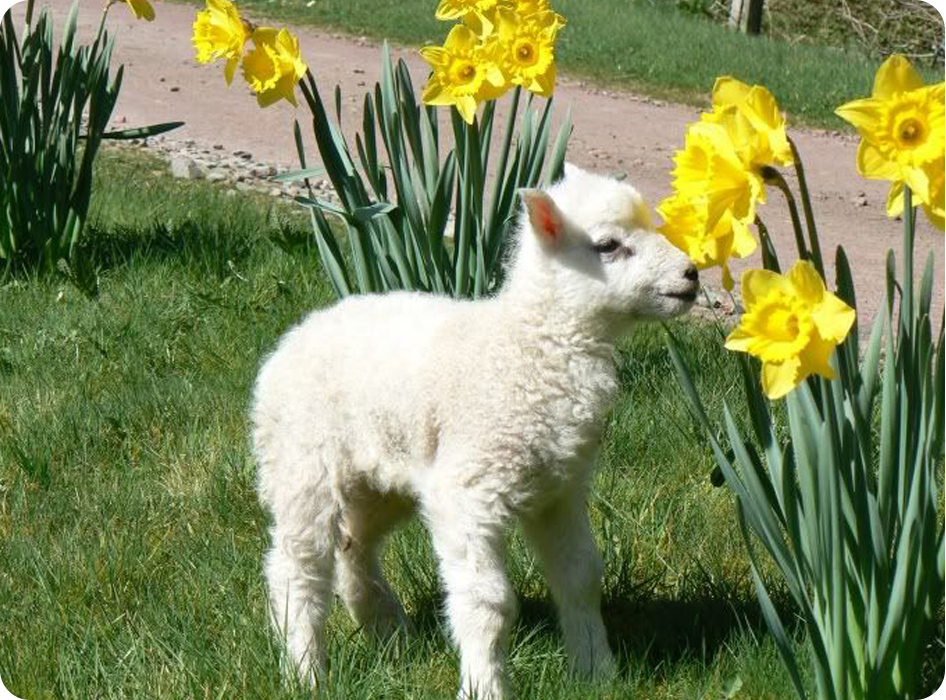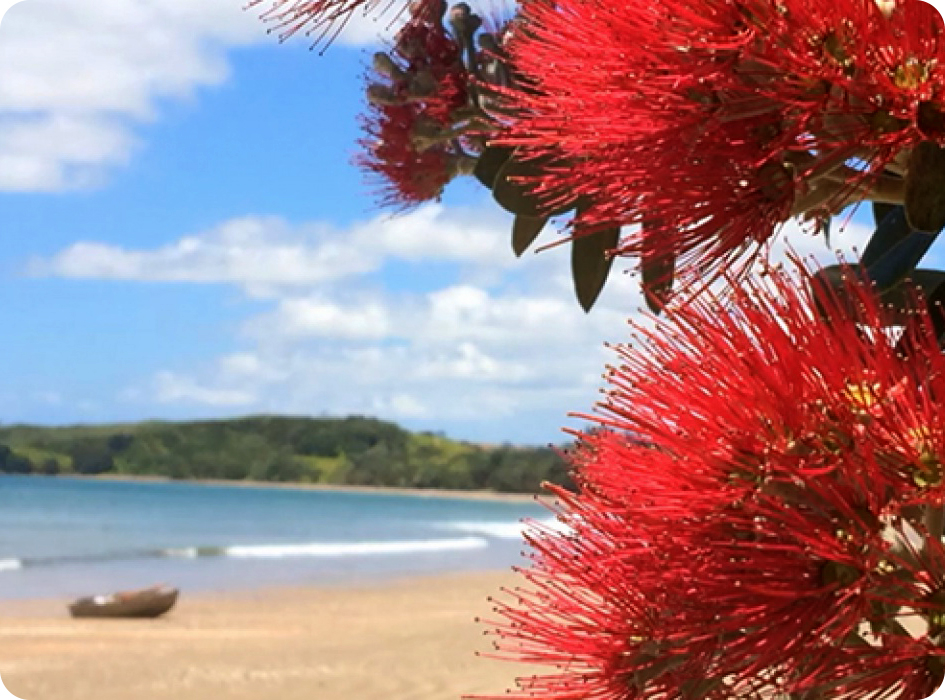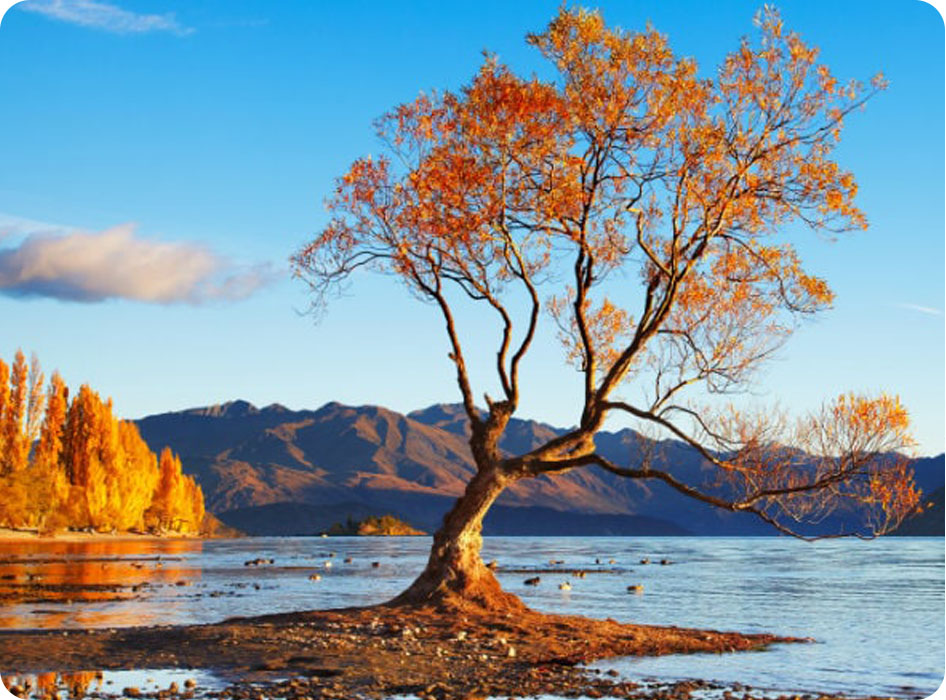Good to know about NZ
New Zealand goes through four seasons – summer, autumn, winter, and spring – just like any
other country that lies in a temperate region on either the Northern or Southern Hemisphere.
We translate the seasons in New Zealand to months, see below:
- Summer in New Zealand: December, January, February
- Autumn in New Zealand: March, April, May
- Winter in New Zealand: June, July, August
- Spring in New Zealand: September, October, November

Spring (September – November)
Highlights:
- It’s the time of the year to see spring blossoms.
- There should still be some snow on the mountain tops.
Pros:
- It is not a very busy season, although there are school holidays that fall in this season so things
- may be a bit more busy during the school holidays period.
- If snow conditions are still good, you can still go skiing early spring.
Cons:
- It is still cold but getting warmer. By the time November arrives, it should start to feel like summer.
- The weather is still pretty unstable and lots of rain tends to fall, especially in October.

Summer (December – February)
Highlights:
- You can pick fruits or visit fruit stalls, especially on the South Island.
- You can visit beaches on the North Island or South Island.
- This is the time of the year (Christmas) that the pohutukawa and southern rata are in bloom.
Pros:
- The temperatures should be pleasant and warm, and you can expect lots of sun.
- You can go anywhere or do anything, except for skiing, but the latter also applies to autumn.
Cons:
- It is the busiest season of the year with tourists entering New Zealand
- New Zealanders often take a long vacation.
- There is not much snow on the mountains, except for mountains that are
very high like Mount Cook, which tends to have snow on its top all year round.

Autumn (March – May)
Highlights:
- You can see fall foliage on the South Island and also on the North Island in a few selected places.
- Mountain tops can have a dusting of snow.
Pros:
- The weather is still good to be out and about, but rainfall tends to increase in this season.
- It is not a very busy season, especially toward the end of autumn.
Cons:
- This is the season that it starts to get cold in New Zealand, especially at night.
- The weather deteriorates as the end of autumn approaches.

Winter (June – August)
Highlights:
- The mountains on the South Island are snow-capped or snow-covered. They may also be snow-capped on the North Island.
- You can go skiing on either the South Island, which has the most ski fields, or on the North Island in the Central Plateau where the volcanoes are located.
Pros:
- Winter offers some of the best light for landscape photography in New Zealand – if you are into that.
- Except for in and around skiing areas, winter is generally not a very busy season, but there is a school holiday period that falls
in this season when things can get very busy in places such as Queenstown and Mount Hutt on the South Island.
Cons:
- It can get very cold sometimes, especially on the South Island at night.
- Travel can be disrupted due to snow or ice on the road, or heavy rainfall.
If you come on our course in winter make sure you are prepared with a
warm hat, scarf, warm socks, and a good jacket.